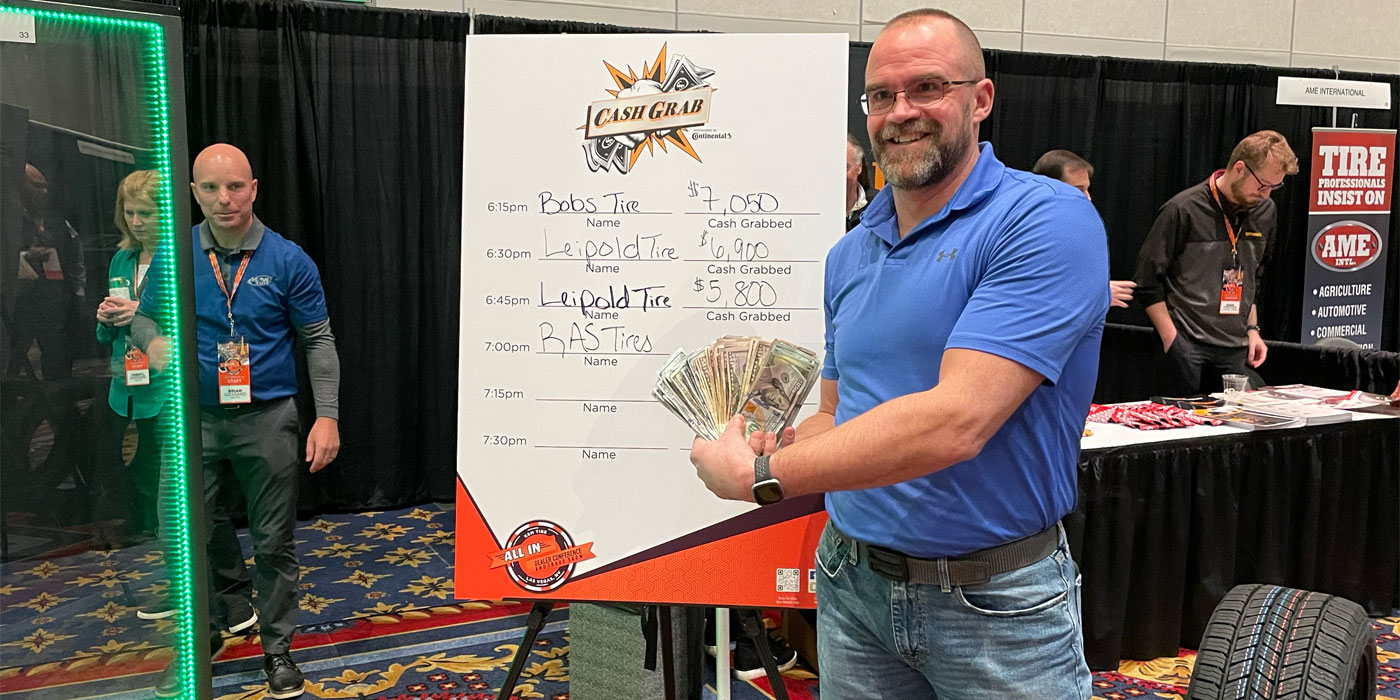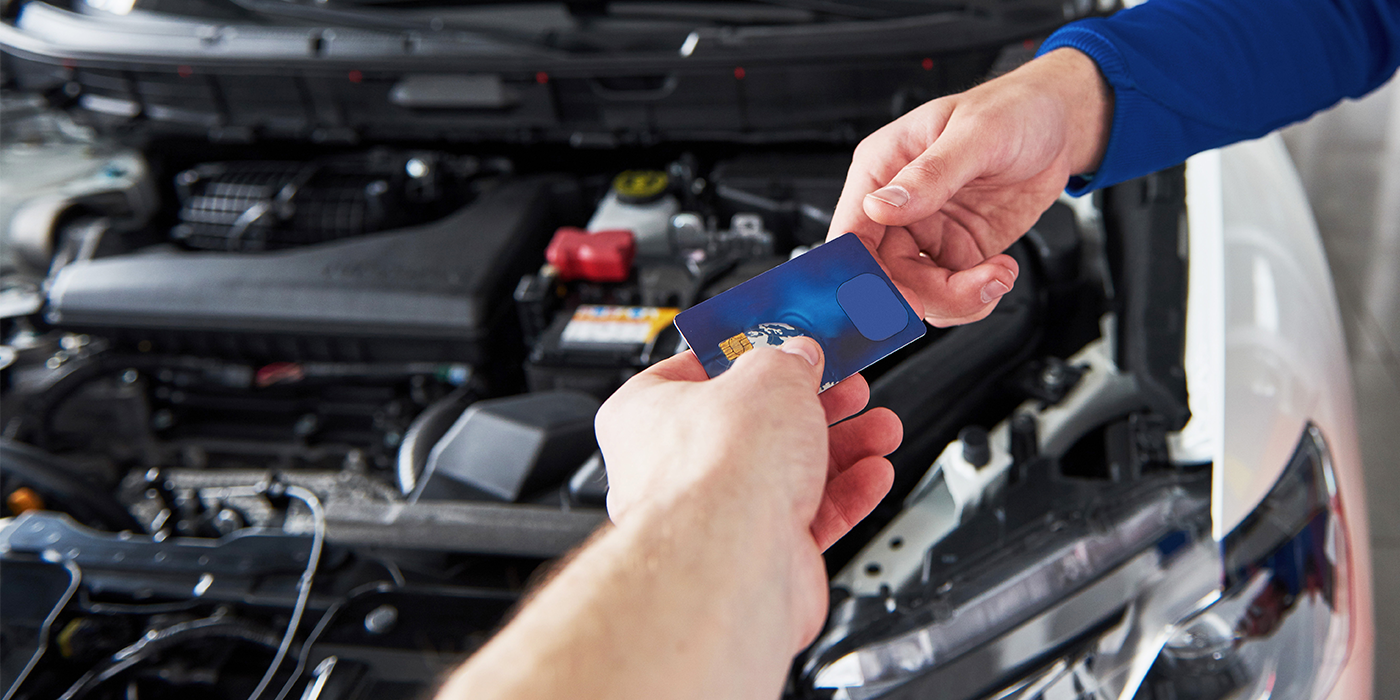Last month, we started taking a look at finding the right mix of tire and service sales. In that column, I stated that tire sales drop higher margin dollars than service sales, which raises the obvious question: Why are tires more profitable than service?
First, thanks to all the Tire Review readers who responded to my last article. That was the largest response I’ve ever received!
Some of you expressed concern that tire manufacturers had gotten to me, possibly influencing me to favor tires over service. But, truly, the fat boy can’t be bought. I used to think service sales brought home the bacon, but I was simply wrong!
It can be tough to learn new things because we all create belief systems based on what our mentors taught us. I would guess that a substantial majority of the 186,000 independent service shop owners in the U.S. don’t realize that tires are more profitable than service. Most service shops got into the tire business not for the money, but to offer customers one-stop shopping. Same with tire dealers adding vehicle service.
So, let’s compare the profits from a well performed hour of vehicle service to an hour of tire replacement.
For the auto repair hour, we will use a B Tech earning $18 per hour with a 33% tax and benefit load. We will use the 53% parts margin generated by the parts matrix we discussed before and a conservative labor rate of $65 per hour. (Even if we use a higher labor rate – $90, for example – it doesn’t make much difference.)
Since most shops have a 50/50 parts/labor mix, we will calculate one hour of labor and an equal volume of parts as two times the labor rate. The calculation shown illustrates the net profit on a $130 sale. The result is a net gross profit (GP) of $75.51 – a great hourly return on service at 58% GP.
On the tire side, we will use a 25% profit margin for the rubber, then add balance, valve stem, disposal fee and tire protection plan. Our general service or tire technician earns $8 per hour with a 50% tax and benefit load. Again, it doesn’t make much difference if the pay rate is higher.
Here’s how the GP on the installation of one tire shakes out: The replacement of a single tire produces a profit of $39.91. Four tires yield $159.64 in GP. As most professional installers can mount, balance and install a set in 30 minutes, our installer could replace eight tires an hour for GP of $319.28 – in a single bay.
Even if he could only change four tires an hour, the work still generates twice the profit of an auto service hour.
Our example demonstrates that the profit from tires is nearly five times higher. Road hazard cost was calculated at 2% of sales from dealer experience measuring this important key performance indicator (KPI). Good salespeople can sell road hazard warranties 75% of the time, but we consider 50% as the minimum acceptable performance rate.
Track the sales of all tire-related components every day for every service advisor to maximize profits. We measure eight tire KPIs. If you don’t measure it, you can’t manage it, right?
Let’s recap: $39.91/tire GP x 4 tires = $159.64 (30 minutes) or $319.28 per hour – in one bay!
So, why has the tire business been so underrated? To start with, consultants like me have been teaching GP percentages all our lives. From that perspective, the 58% service GP well exceeds the 39% from tires.
However, in margin dollars – what we actually pay our bills with – tires always win. Plug in your own numbers to see that your tire sale GP dollars are substantially higher for the same bay time.
Service GP margin percentages may be higher, but tire sale GP dollars are substantially greater.
Chris “Chubby” Frederick is the president of ATI, a consulting company that serves the tire and service industries.













